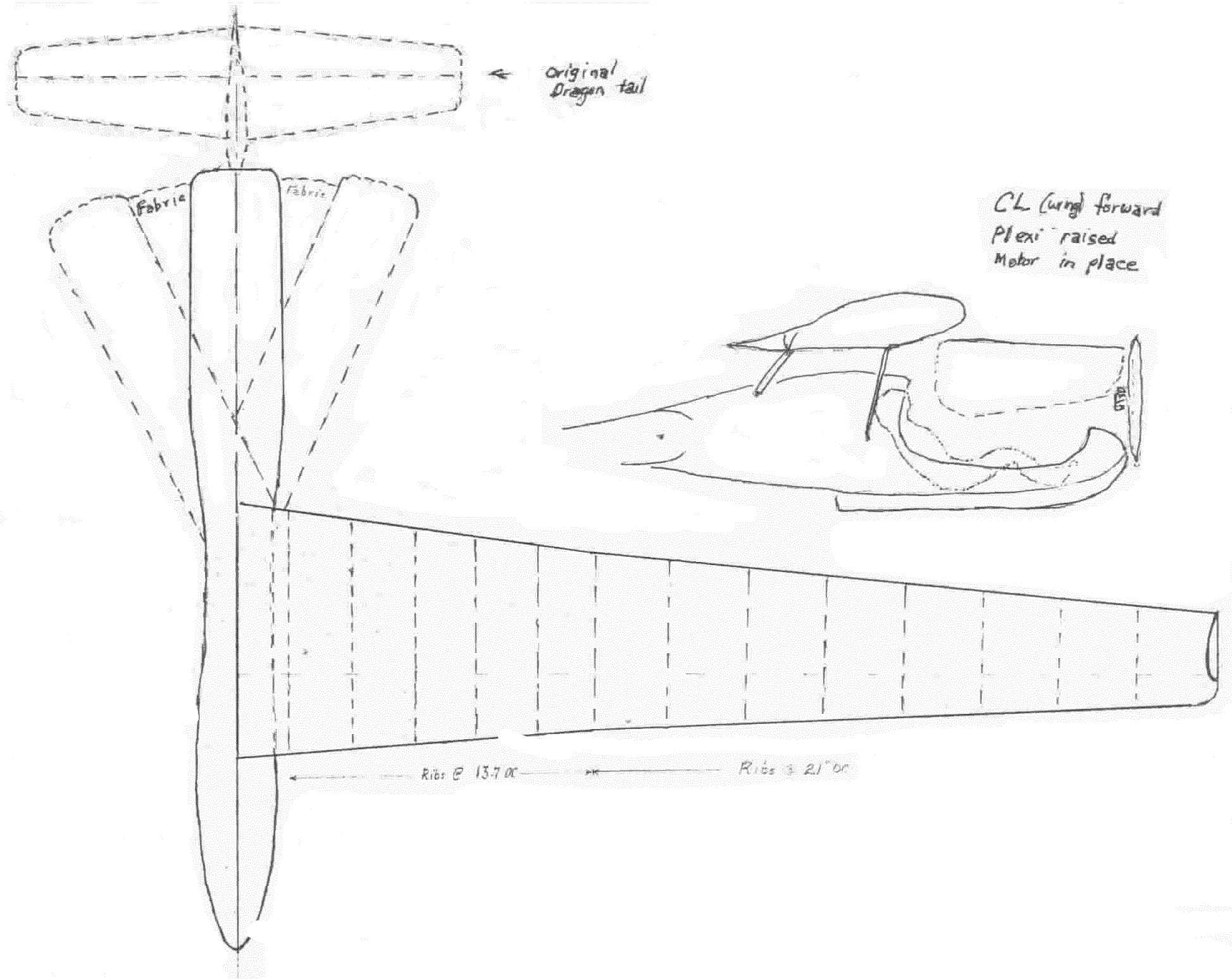|
PART 2
I have
had a difficult time getting this all together and I hope you will accept
and print the condensation of the book, followed by my contradiction of
my own advice. I want no credit for the excepts from Lords Of The
Air, and I assume total blame for the design and its argument.
I further recognize
that the design is contrary to the concepts of TWITT, and that, properly,
it should result in my expulsion. What I am advocating is heresy
and the grand inquisitor of TWITT should seek my excommunication, but I
am so old that it doesn’t matter much. My ski buddy, who was
on the Canadian Olympic team, quit three years ago at the age of 81, and
he was one year younger than I, so my candle is almost burned out, though
I still ski like a tired demon.
First, I think there
is great worth in these excerpts from the Smithsonian’s Lord Of The
Air, because those of us who hope to copy a superior evolutionary form
of life should recognize the perfection of their solutions and hold them
in proper respect.

A NOT QUITE TAILLESS CONCEPT
TWITT praises and advocates
the tailless concept, but overlooks the fact that sweptback solutions down
load the tips, just as conventional shapes down load the tail, while canards
up-load the canard and, the reflex of straight spar tailless solutions
all, thereby produce drag, and the elimination of drag is the name of the
game. I think that birds do not do this and the following design,
which I hope to fly, may demonstrate this. Since it is predicated
on the Irv Culver wing from Maupin’s Dragon, it will be interesting to
fly it against other Dragons and see if my thinking is valid.

If we take a good look
at all birds, since the first dinosaur got airborne, we see two things:
1. The wing has no sweep, either forwards or back, though at times it takes
on sweep to accommodate weight shift and; 2. None of these are tailless.
All, except for archaeopteryx who had a tail (boom) and went extinct, short-couple
the streamlined, folded tail cone and only deploy it, as a Geisha does
her fan, at the time of landing. But this tail cone is most important,
if we judge by the size of the pogostyle and the muscles that it mounts
on. We will see why, if we watch quail come in for a landing, which
they do in beyond the stall, and further, they seem unable or unwilling
to deviate from the straight path until earth contact, where after, they
are apt to take a “taxi” off at an angle. (I think they recognize
that this is dangerous territory.)

Instantly, there should
be a chorus of warnings. “Do Not Enter – Danger”, etc., but I propose
to study this at altitude and in a slow speed aircraft – an ultralight.
Reason being that if this can be controlled, the process can then be tried
on land (water) and contact might be hoped to be considerably (10% ?) below
the unstalled speed. I have often seen birds (seagulls) do it against
the wind, vertically (on a pile at a yacht harbor, for example).
I recognize that this
may require a large control effort and it may well be beyond the normal
linkage, so I propose to separate out the CG shift by putting it on a wheel
with “dogs”, to hold it where set. And the folding of the Geisha
fan, also on a different lever, also with detents. So the stick will
only feed the folded tail cone (or deployed when learning) and the ailerons.
I feel it might be prudent
to observe that birds do not do tail slides, Lomchavacks, etc., and only
a few, like crows and geese do half-rolls, but they do not continue the
roll past inverted but rather reverse rotation for normal flight, usually
to burn off height before landing. Or is this to clear the brain
like an old friend who used to snap roll before landing, “Just to make
sure I’m totally awake”. This bird that I describe is totally restricted.
No stunts, period.

From the three-view,
it should be obvious that I intend to shift weight by articulating the
struts (which struts are of different lengths, too, so nose will lower
at weight aft, for landing, not too unlike the supersonic delta, though
we are opposites. The rudders will go where they should on a long
span bird – to the tips. So I get rid of the tail, tail-boom and
get a bird that folds to 16 feet as all Dragons should (Joint at rib 5).
The final deviation from the original may or may not happen, but it is
so neat that I have to offer it, and that is to hang a motor on the front
end, which folds into the cockpit, under the plexiglass just in front of
the instrument panel. One blade will stick out front like a bird’s
beak, and the other will be over my knees, when not working. This
means that I will be close to it in order to assist in the “folding”.
I think I want a motor
because I will be busy working out all the bugs and I do not think I’ll
hunt thermals too well for a time. Maybe, later I can become “pure”
with no motor, but come to think about it, birds use a motor.
Possibly I should observe that I was close to assembly of a Dragon when
my granddaughter brought me the best cold she could find in 4th grade,
and I lost 15 lbs. I decided I’d never finish the Dragon and broke
it up for kindling, but I still have the ribs. So I am quite far
along to the realization of this project, and I just may live another year
if I can get a flu shot in time. |



